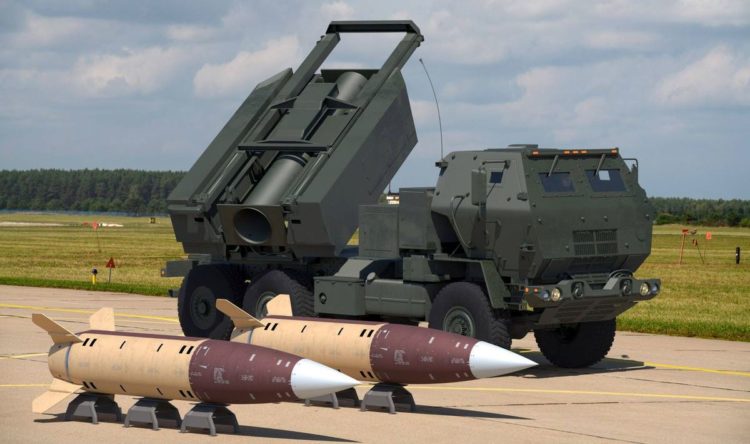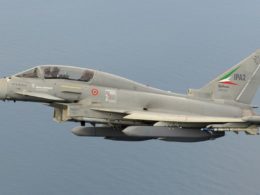A new analysis from the Royal United Services Institute (RUSI) outlines how Ukraine can maximize the impact of newly permitted ATACMS strikes on Russian territory, emphasizing the critical need for disciplined target selection and sustained Western military support.
The recent authorization for Ukraine to employ US-supplied ATACMS missiles against Russian military targets enables Ukraine to strike deeper into Russian territory, potentially disrupting supply lines and diminishing Russia's military capabilities.
According to Dr. Jack Watling's latest RUSI assessment, while the Biden administration's decision to allow ATACMS use marks a significant policy shift, the limited stockpile of these missiles demands careful strategic planning.
"The concentrated use of long-range weapons can inflict disproportionate damage against selected targets," Watling reports, but warns that dispersed strikes risk diminishing operational effectiveness.
The RUSI analysis identifies a specific challenge in Ukraine's current approach: despite successful individual strikes, the military's decentralized structure often leads to scattered targeting that fails to achieve decisive operational impact. For example, when Ukraine hit three of ten Russian ammunition dumps, the damage, while substantial, proved insufficient to create lasting supply disruptions.
According to Watling, first, Ukraine should coordinate ATACMS strikes with other long-range systems, including British Storm Shadow missiles and indigenous weapons, to overcome Russian air defenses and achieve decisive effects.
Second, Western allies need to expand their support. The analysis specifically highlights Germany's potential supply of Taurus missiles as crucial for sustaining pressure on Russian targets, given the finite US ATACMS inventory.
Read more:




